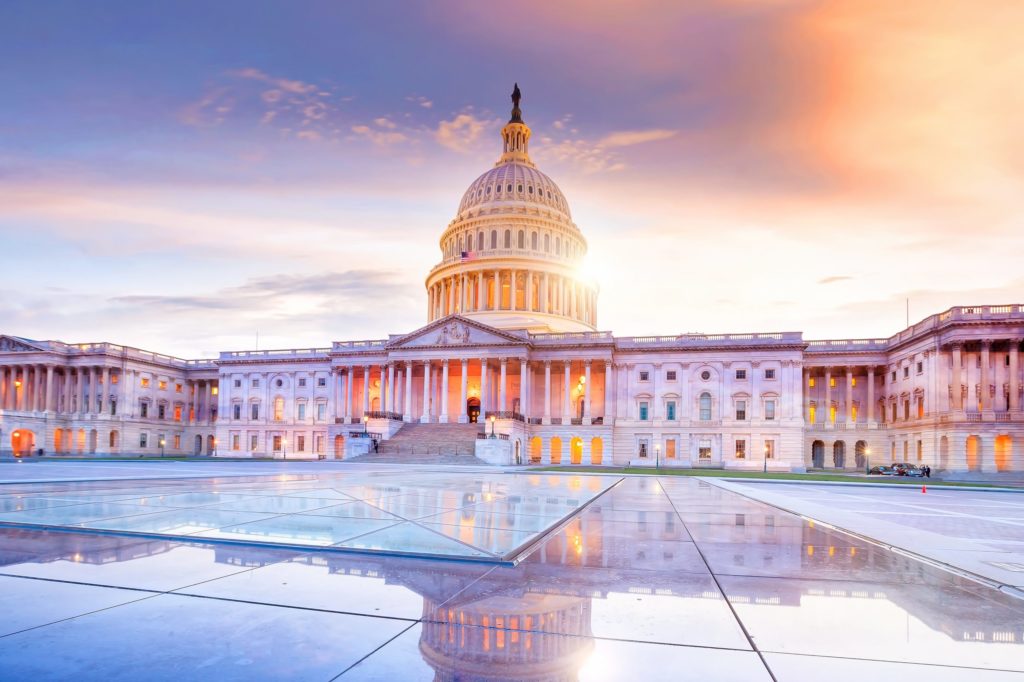Examining Michigan’s ‘raise the age’ efforts
Financial pressure caused by the “Great Recession” acted as an impetus for governors and state legislatures to re-examine their budget priorities. For many states, this careful reflection resulted in a growing awareness of the significant amount of taxpayer dollars going to the criminal justice system. In 2016, the U.S. Education Department estimated that total state expenditures for corrections had nearly quadrupled in the course of three decades, from $17 billion to $71 billion. During the same time, the number of incarcerated individuals also grew exponentially, as the total number in both state and federal prison grew by nearly 1 million people.
Despite the significant amount of public dollars expended on the criminal justice system, its success remains questionable. Recidivism rates among ex-offenders remain far too high, as nationwide, nearly two-thirds of prisoners are arrested in the first three years following their release. After five years, that figure jumps to nearly 75 percent.
Accordingly, taxpayers, policymakers and the public have begun to recognize that, far too often, incarceration begets incarceration rather than rehabilitation. While this is alarming for all populations impacted by the criminal justice system, it is particularly concerning for the juveniles these policies affect.
Still in their formative years, juveniles have the best opportunity to avoid further interaction with the criminal justice system. Indeed, the Supreme Court recently acknowledged as much when they ruled that a life sentence for a juvenile offender constitutes cruel and unusual punishment, citing that only in rare cases was it likely that a juvenile offender was “irreparably corrupt.”
For this reason and many more, states seeking common ground on criminal justice reform have chosen to begin by focusing on juvenile populations. Until recently, some states charged 16-year-olds as adults but one common reform proposal is to raise the age of criminal jurisdiction to 18. Most other states with a similar approach to juveniles set 17 as the starting age of criminal jurisdiction. However, 17-year-olds are children and should be treated as such by the criminal justice system. Indeed, failing to do so is a costly mistake.
Since 2009, eight states have passed legislation that increases the age of adult prosecution to 18. From conservative states like Mississippi and South Carolina, to liberal states like Massachusetts, such momentum has been a bipartisan effort. Most recently, New York and North Carolina—the last two states to automatically prosecute 16-year-olds as adults—successfully passed “raise the age” legislation. As of 2017, Wisconsin, Texas, Georgia, Missouri and Michigan are the only remaining states that prosecute 17-year-olds as adults.
As these five states contemplate whether and how to proceed with legislative efforts to raise the age, it is natural that financial implications will play a central role in each state’s policy debate. States should enter into this dialogue not only considering the cost of changing the policy but also the broad implications of failing to do so. Thus far, there has been an appropriate focus on the cost of the former, but the latter has not yet been adequately considered.
Accordingly, this paper presents a case study of one state’s ongoing debate to “raise the age” and the associated cost considerations. It examines the impact current practices have on parental rights, public safety goals and the employability of youth. Further, it urges public officials to consider the costs of inaction as they weigh policy options going forward.
Image by Sabphoto









